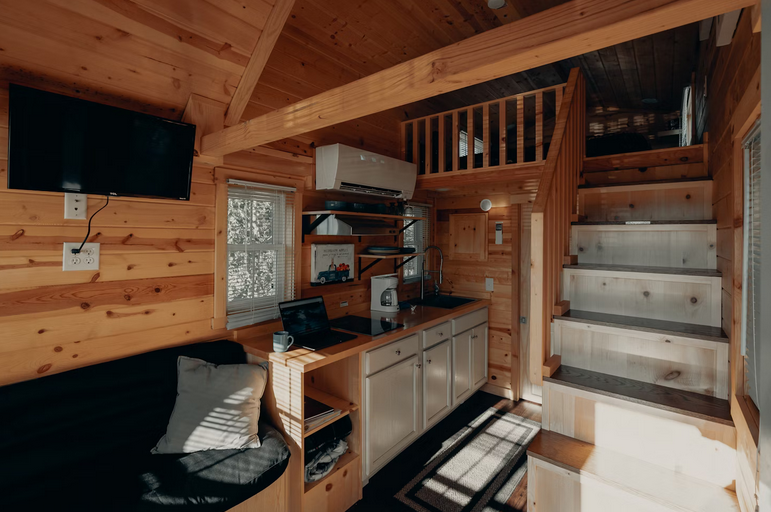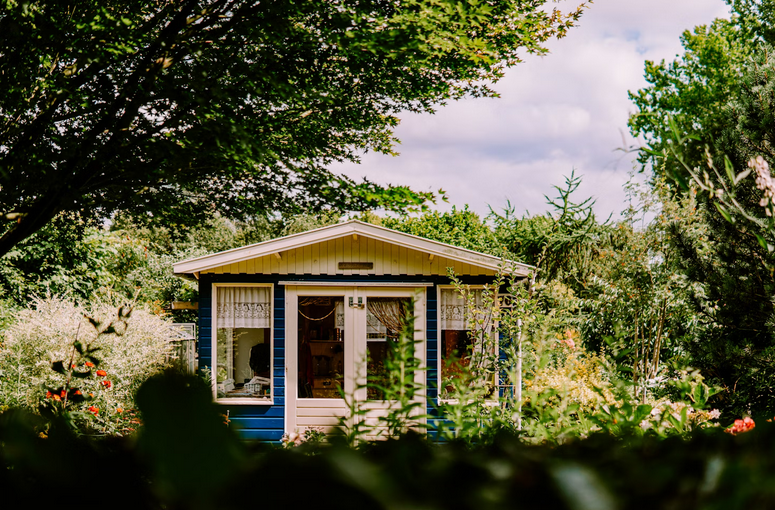Living in a small space doesn’t mean sacrificing style or functionality. With the right design strategies, compact homes and apartments can be transformed into inviting and efficient living spaces. In this article, we’ll explore creative design solutions and practical tips for maximizing small spaces, helping residents make the most out of every square foot in a friendly and informative tone.
Embracing Multi-Functional Furniture

One of the key strategies for small space design is to invest in multi-functional furniture pieces. For example, a sofa bed or a daybed can serve as seating during the day and a comfortable sleeping area at night, maximizing space in living rooms or studio apartments. Similarly, storage ottomans, nesting tables, and extendable dining tables offer versatility and functionality without compromising on style.
Utilizing Vertical Space with Shelving and Storage Solutions
Vertical space is often underutilized in small homes. Installing wall-mounted shelves, floating shelves, or floor-to-ceiling bookcases can provide ample storage for books, decor items, and essentials while freeing up valuable floor space. Utilize closet organizers, hanging racks, and under-bed storage containers to maximize storage options without cluttering living areas.
Optimizing Natural Light and Mirrors
Natural light can make small spaces feel more open and airy. Maximize natural light by using sheer curtains or blinds that allow light to filter through while maintaining privacy. Additionally, strategically placed mirrors can create an illusion of depth and visually expand rooms. Mirrors also reflect light, making rooms appear brighter and more spacious.
Choosing Light Colors and Minimalist Design

Light-colored walls, furniture, and decor can make small spaces feel larger and more open. Opt for neutral tones like whites, creams, light grays, or pastels to create a sense of airiness and brightness. Embrace minimalist design principles by decluttering and keeping only essential furniture and decor items, promoting a clean and uncluttered aesthetic.
Creating Zones and Defined Areas
In open-concept layouts or studio apartments, creating zones for different functions can help define spaces and maximize usability. Use area rugs, room dividers, or furniture placement to delineate living, dining, sleeping, and workspace areas. This not only adds visual interest but also enhances functionality and organization within small spaces.
Incorporating Space-Saving Solutions
Explore space-saving solutions tailored to small spaces, such as wall-mounted desks, fold-down tables, compact appliances, and modular furniture systems. These solutions optimize functionality while minimizing footprint, making them ideal for compact homes and apartments where every inch counts.
Maximizing small spaces is all about creativity, efficiency, and smart design choices. By embracing multi-functional furniture, utilizing vertical space, optimizing natural light, choosing light colors and minimalist design, creating defined zones, and incorporating space-saving solutions, residents can transform their compact homes and apartments into stylish and functional living spaces.…




